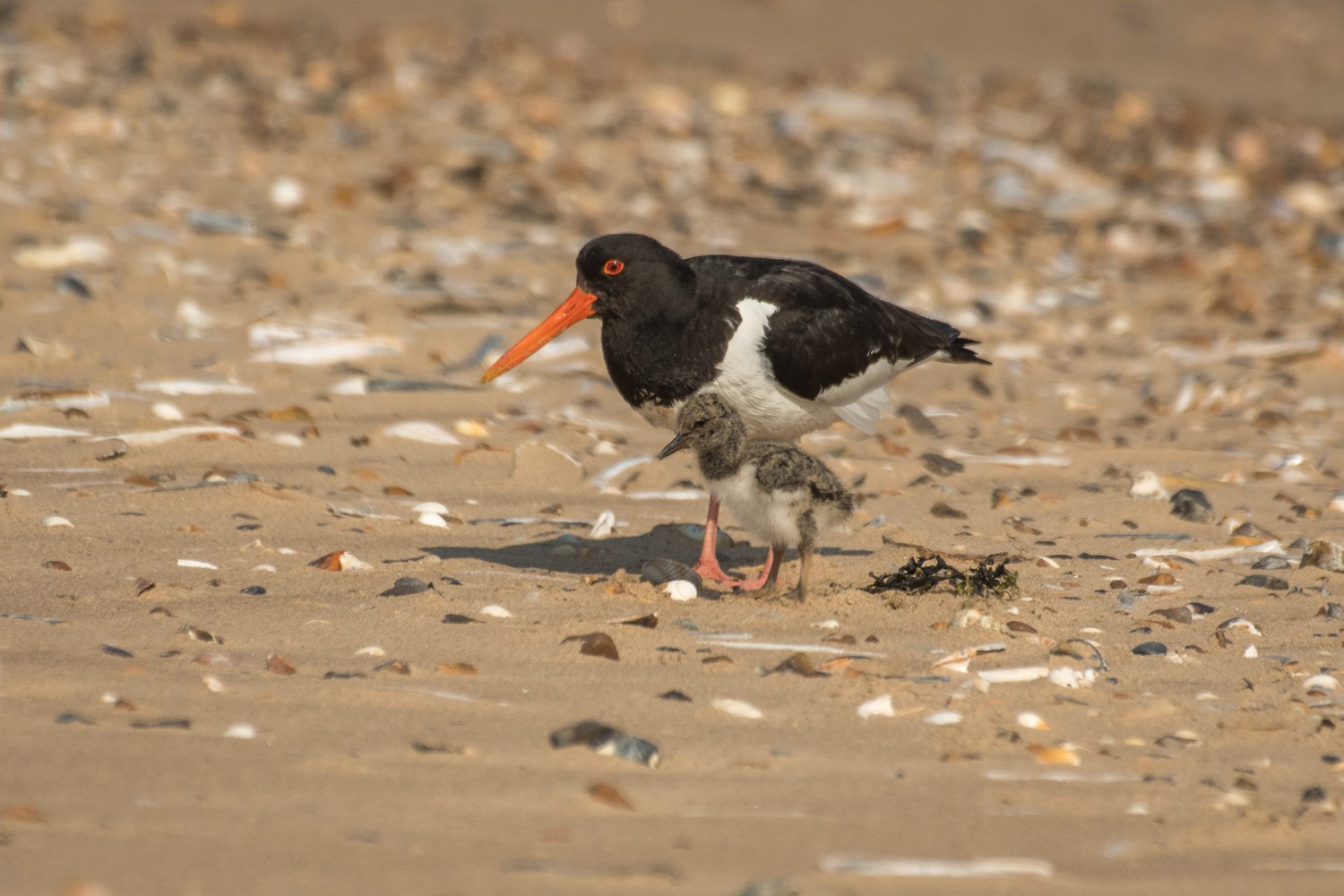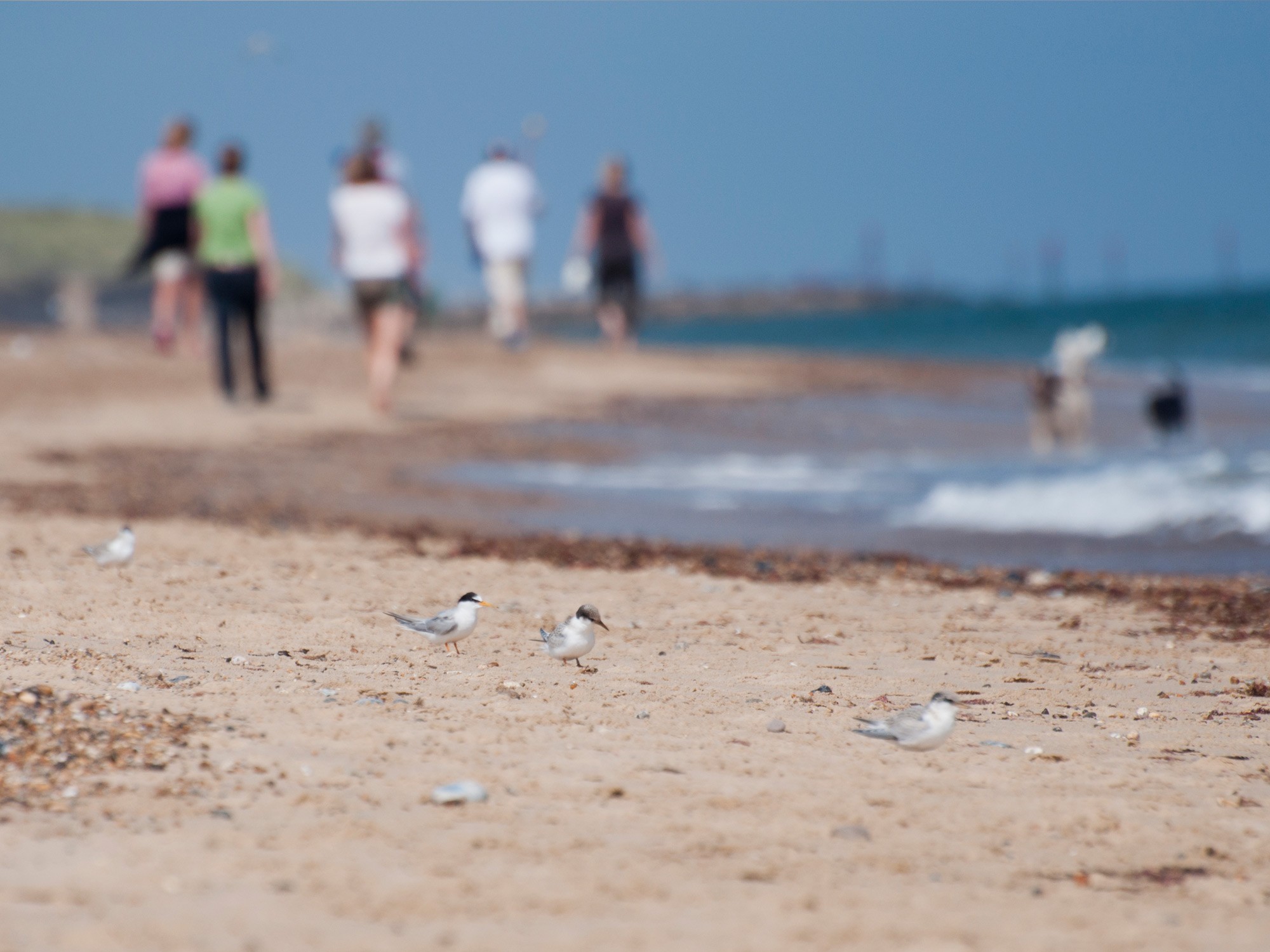
Protecting Norfolk’s precious beach-nesting birds this summer
Known for its beautiful stretch of coastline and tranquil surroundings, Holme-next-the-Sea is one of Norfolk’s best kept secrets. For beach-nesting birds, Holme Dunes nature reserve provides the perfect home
With its open and dynamic coastal landscape, Norfolk is a desirable destination whatever the time of year. In the summer particularly, swaths of people flock to the beaches and surrounding spots to enjoy the unique features that the county has to offer. Holme, while quieter than other beaches along the stretch of North Norfolk’s Area of Outstanding Natural Beauty, can still get very busy on a hot sunny day, which can sometimes ruffle a few feathers with the local residents.
These residents are some of England’s most threatened birds, including ringed plover, oystercatcher and little tern, all of which nest on the ground. Official nesting season runs from 1st March to 31st August (though of course many birds start nesting before and after these dates), making Holme Dunes a vital stronghold over the spring and summer. As more and more of these protected species settle down to have their young and fledglings begin to explore the area, it is crucial that visitors are aware of their presence and are respectful towards their co-residents.
These birds face a number of challenges during their time on the Norfolk coast from rising sea levels and bad weather to predators such as gulls, birds of prey, foxes and stoats. Birds such as kestrels may also take the young fledglings – and that’s all before potential human disturbance. Indeed, because the nesting birds, eggs and young chicks are camouflaged, it can be very difficult to spot them. This can lead to visitors (and their dogs) unintentionally treading on a nest without even realising they have done so.
“We have sadly seen a dramatic decline in numbers of these beautiful birds,” says Rachael Murray, PR and Communications Manager for Norfolk Wildlife Trust. “In the case of ringed plovers, the population in Norfolk has declined by a shocking 79% over the last 35 years, with just 123 pairs recorded in 2018.
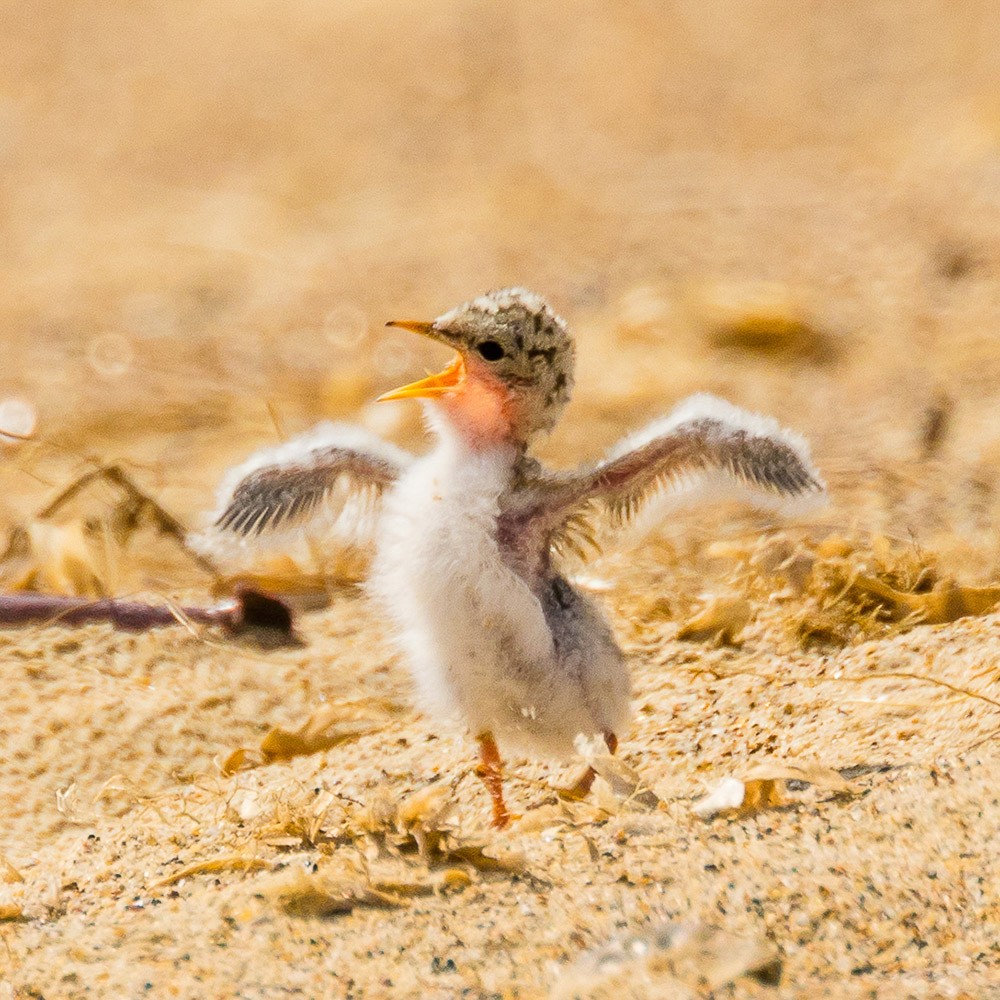
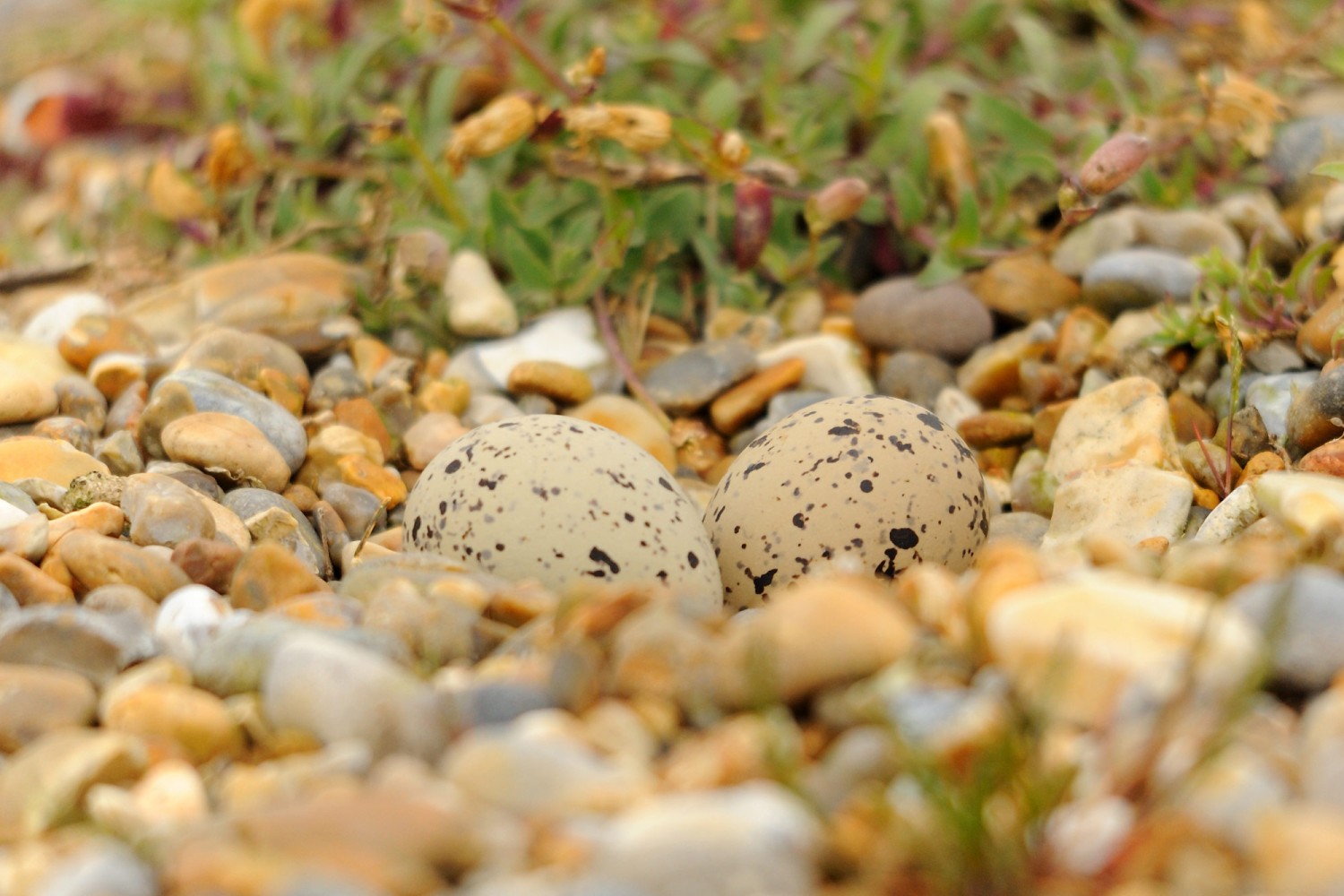
Above: Little tern on Holme beach (© Josh Jaggard), baby little tern on the beach calling for its fish supper (© Lyn Ibbitson-Elks), oystercatcher nest (© Amy Lewis)
“Oystercatcher numbers are also dropping, seeing them join the little tern on the Amber list of conservation concern. Norfolk is an important county for nesting little terns, with almost half of the UK population (roughly 691 pairs) of these birds attempting to nest across the North and East of Norfolk in 2021.”
To help beach-nesting bird populations to recover, organisations such as the Norfolk Wildlife Trust protect and monitor these avian tourists during their annual visit to our shores, with the support of volunteer beach wardens.
“Our beach wardens act as guardians to our vulnerable beach-nesting birds,” says Tori Backham, Assistant Warden at Holme Dunes. “They support our wildlife by patrolling the beaches, helping the public to understand the importance of looking after these special species, as well as recording bird behaviour and nesting activity.”
Ensuring the safety of Holme’s nesting birds would not be possible without the support of people like Tori and devoted volunteers. If you see them on the beach, do go and say hello; they’re always up for a chat about the wildlife at Holme.
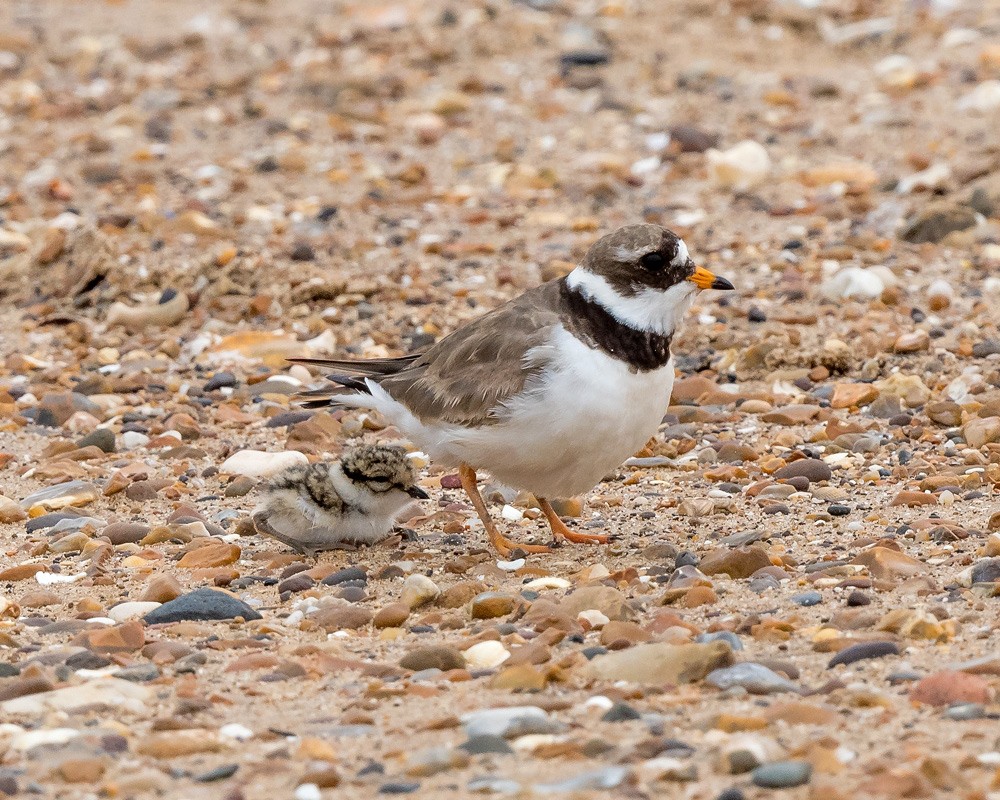

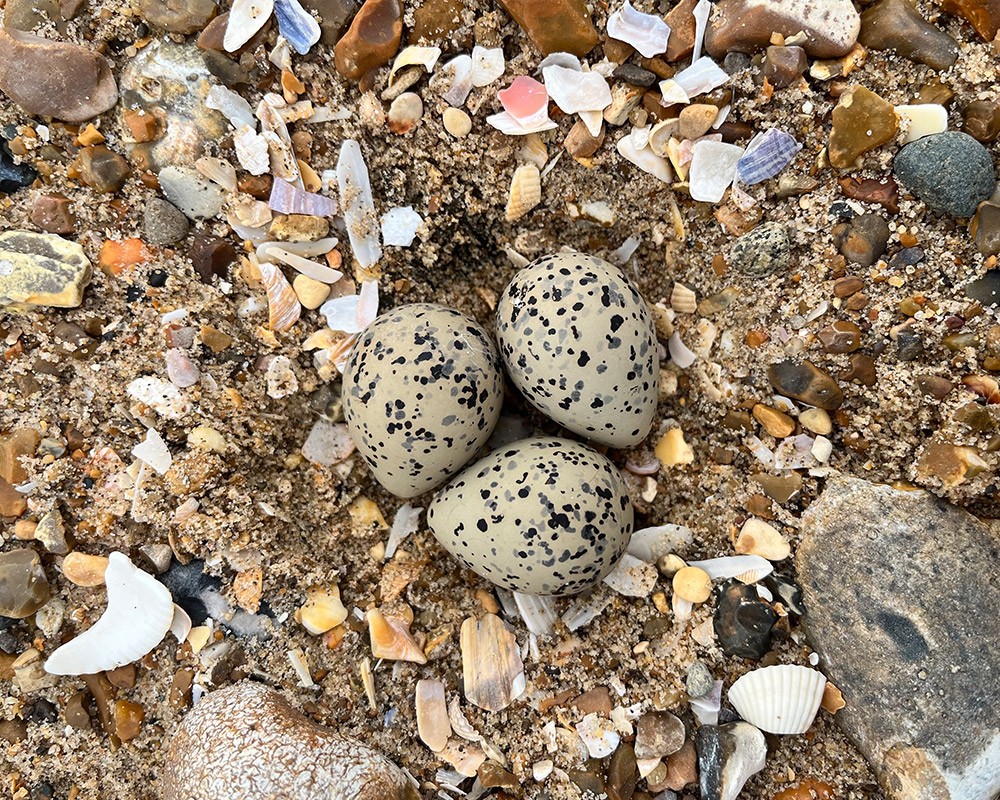
Above: Ringed plover, a parent and chick (© Phil Gwilliam), beach warden Tori Backham, ringed plover eggs (© Tori Backham)
“We have already seen our first ringed plovers and oystercatchers nesting on the beach here at Holme this year,” says Tori, “and we know they will soon be closely followed by little terns who will be arriving here all the way from Africa. I can never contain my excitement when I find the first nest of the season, but this year is extra exciting because we now have a band of volunteers to help us to protect these amazing little birds and give them a much better shot at survival.
“We want to give our special winged visitors the helping hand that they so desperately need to raise their young. If we are successful, new generations of ringed plover, oystercatcher and little tern can go on to have their own families, slowly helping to recover the species from recent declines.”
For any of you planning on visiting Holme Dunes beach over the summer, you too can do your bit to help give these special birds enough space to raise their families. If you come across an area that is fenced off by rope and stake cordons (you may also see a notice but this may not always be the case) be sure to keep a respectful distance. These areas have been segregated for nesting colonies to thrive. However, it is unlikely that fledglings will stay within the confines of the ropes, and as such, beachgoers should be wary of tiny chicks that may be feeding on the shorelines, taking care to keep any dogs under effective control.
There can be no doubt that Norfolk is truly blessed when it comes to nature and wildlife. We must all strive to protect it, as best as we can for generations to come.
